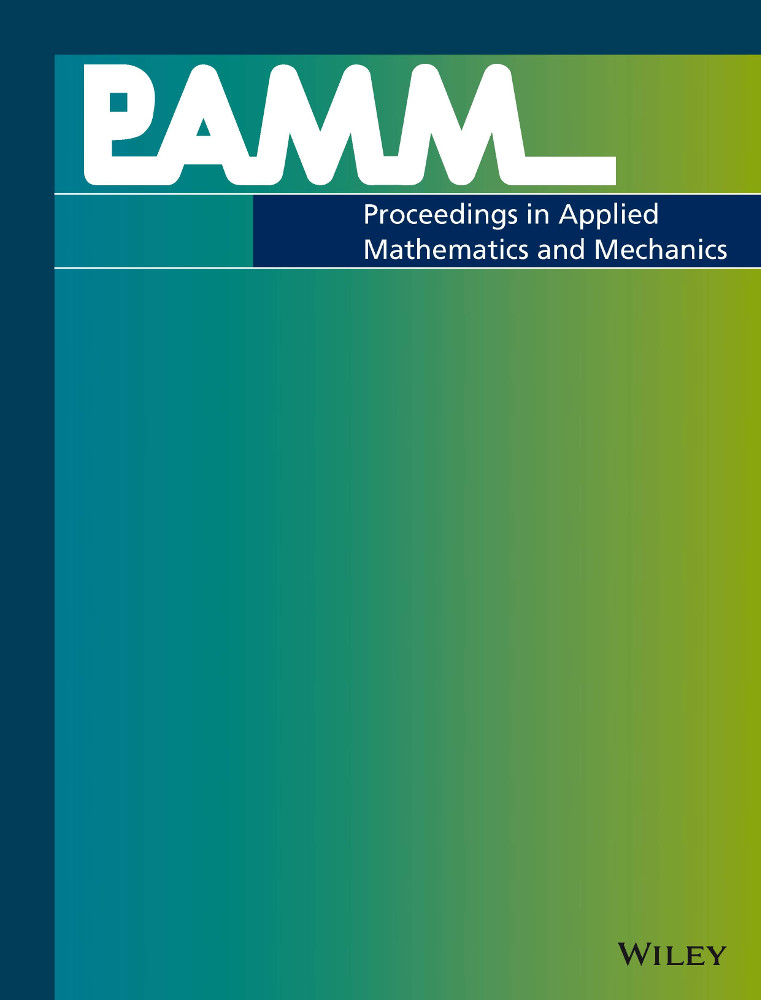On the optimal localization of pendulum impacts using a non-contact acoustic array
Abstract
The presented work aims to adapt a Geiger-based method and localize pendulum impacts applied on a rigid steel plate using the data set of a 112 microphone array. The advantage compared to measurements with piezoelectric sensors, where normally a number of sensors are involved, is the superior number of microphones. To solve the Geiger algorithm on the three-dimensional domain, at least data from three sensors and the primary wave velocity are required (four equations). Moreover, if the system of equations is overdetermined, an error minimization can be performed, for example, with the least-squares method. Since in this work the distance between array and plate is constant, the algorithm can be even reduced to a two-dimensional problem (only three equations required). Indeed, the superior overdetermination of 112 microphone data allows to index the optimal data set by combing microphone data and thus achieve the best localization results for the optimal microphone. This study is relevant to the scientific community because it will allow uncontrolled events cracks or other damage to be localized with a great accuracy and reliability.
Acknowledgments
The authors would like to thank Bharath Kumar and Uwe Navrath for their support with the experimental work. Open access funding enabled and organized by Projekt DEAL.




